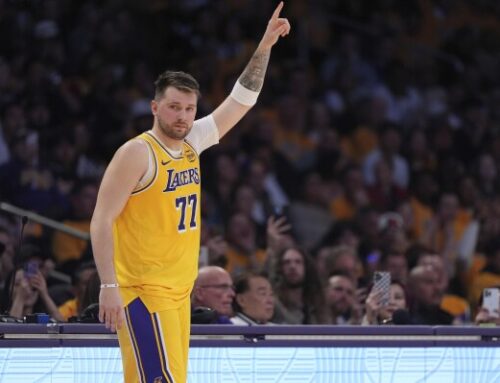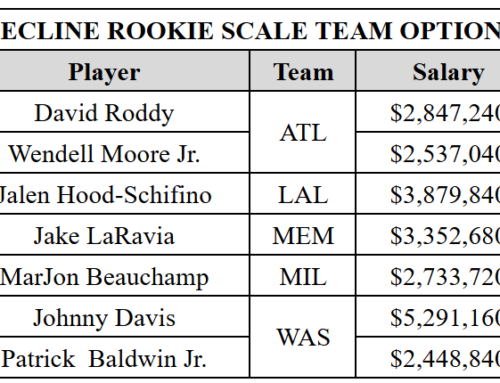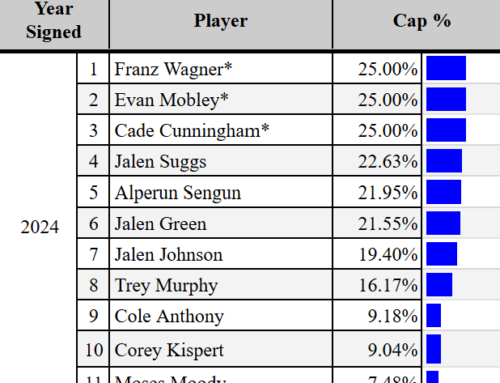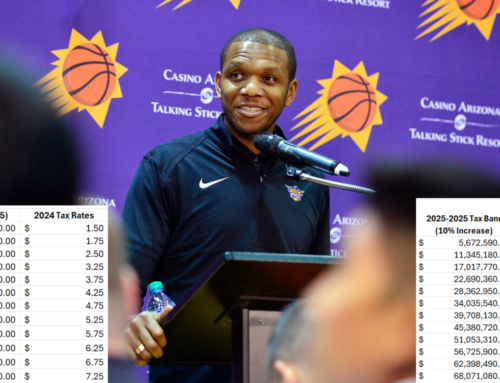Colin Maher, Salary Cap Specialist and Contributor to No Trade Clause
Every casual NBA fan knows the NBA trade deadline is in early February every year – February 8th this season – and a flurry of trade activity occurs right before the trade deadline. But there are some key deadlines in the NBA’s CBA deadline, both expressly written and implied as a practical matter, arising in December that could create some trade buzz earlier than the league-wide trade deadline.
Those are discussed below.
December 15th – Most 2023 Free Agents Available for Trade
General Rule – The majority of free agents that were signed during the offseason in 2023 are now available for trade on December 15th.
Discussion – The December 15th date opens the floodgates to over one hundred additional players now being eligible for trade at a time when NBA teams have a better understanding of where they stand within the league. Some teams already know if they are sellers, and the buyers have an idea of their needs for a playoff push. With the majority of rosters now available for trade, talks between front offices can accelerate further.
Exceptions to the General Rule – Not every 2023 free agent is available for trade on December 15th. First, if a player signed after September 15th, then the team must wait three months from the date of signing to trade the player, because the rule is the later of December 15th or three months from signing. Second, if the team used its Full Bird or Early Bird rights to sign the player over the Salary Cap to a salary over 120% of the player’s prior salary, then the team must wait until January 15th before trading him (e.g. Coby White, P.J. Washington). Third, if the free agent signed a “SuperMax” contract, then the team would have to wait one year to trade him.
There are other trade restrictions based on other types of transactions as well. This section only discusses trade restrictions based upon free agent signings.
December 16th – Flipping One Traded Player for Another at the Trade Deadline
This rule applies when:
Step 1 – A team acquires a player using a salary cap exception. Most notably in this circumstance, a team is over the salary cap but uses an exception to still acquire a player via trade (e.g. both the 76ers and Clippers used exceptions for the Harden trade).
Step 2 – The team wants to then “aggregate” the player in another trade. Meaning, the team wants to combine the player’s salary with at least one more player’s salary on his team to then trade for a larger salaried player.
The General Rule: If a team acquires a player via Step 1, it must wait two months before executing a trade like Step 2. Because the February 8th trade deadline is already within two months, you would think it’s too late for teams to trade for a player and then flip him this season. However, the new CBA created a new wrinkle allowing those teams who acquired a player via Step 1 before December 16th, to then trade him via Step 2 only on February 7th and February 8th (i.e. the day before and the day of the NBA Trade Deadline).
Discussion – Every iteration of the CBA tends to add new exceptions to exceptions doesn’t it? Because dealmaking is so difficult, it’s unlikely a team will project that it must acquire players in mid-December just to potentially trade them at the trade deadline. So I doubt the December 16th date will create a ton of trade activity. However, this year is different from others because teams may press harder to trade for that one larger salaried player before more stringent trade restrictions come into play in the offseason. Feel free to check out my article on the Harden trade to understand just how limited teams will be in trades in the future, and why it could lead to bigger trades this season.
December 29th – Acquiring and extending a One-Year Player
General Rule: When a team acquires a player via trade, the team cannot extend him to more than four seasons or 105% of his current salary for a period of six months. However, after six months the team can extend the player up to 140% of his prior salary and up to five seasons.
Discussion: You might be wondering, how does this rule relate to December 29th? Well, if a team trades for a player on December 30th and he has one year left on his deal, then they are limited to the four year/105% extension until July 1st. The problem is that July 1st is the new league year and his contract expires, making him a free agent and no longer extendable! If he’s traded on December 29th, the team will have one day (June 30th) of full extension rights before his contract expires. Fellow NTC contributor and salary cap guru Anil Gogna has an excellent video breaking down the bulls trade landscape and how this rule could press teams into trading for DeMar DeRozan before December 30th. Any other players with one year left who won’t sign for just a 105% raise should also be traded before December 30th if the team wants a chance at extending the player before he hits free agency.
Note for 2024-2025: The Extend-and-Trade rules become more lenient starting in 2024-2025,
Conclusion
As we head into late December, the rumors will certainly intensify given the dates and rules above. We’ll see if this pushes teams into a deal earlier than some might expect.
